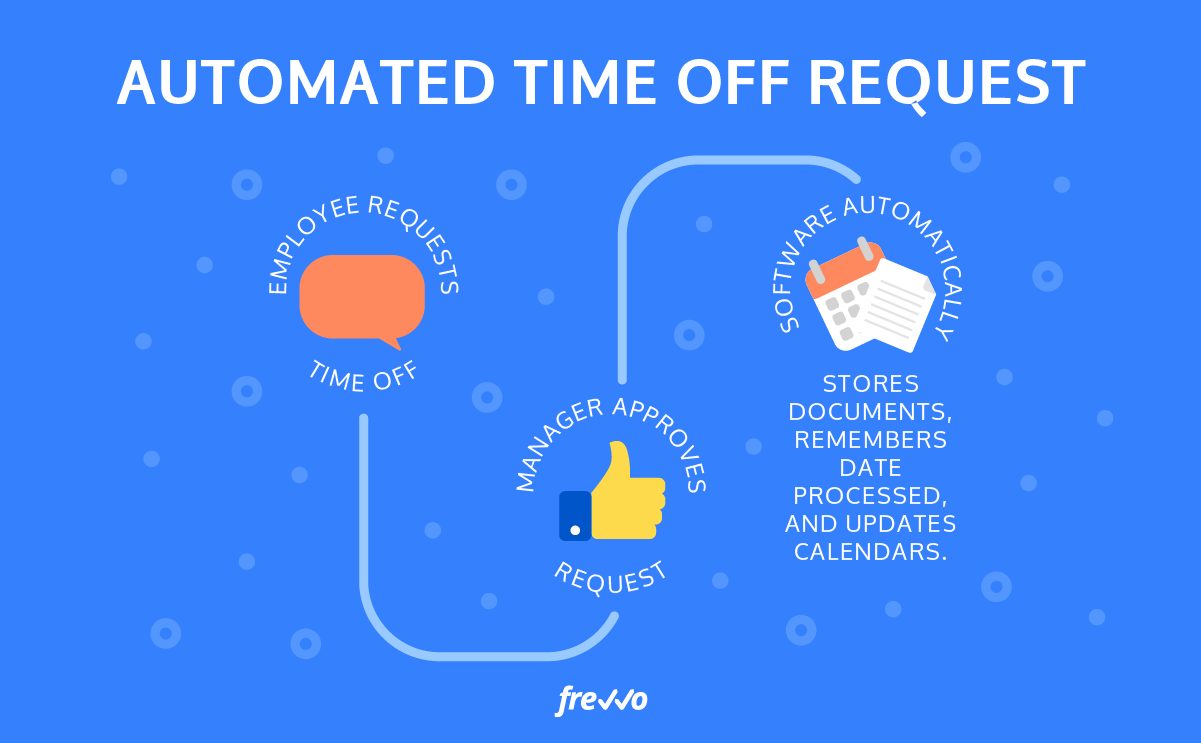As a company grows, so too does its need for more systems and applications — each one playing a crucial function in its operations.
For example, you might have customer relationship management (CRM) software to administer customer data, an accounting system to handle invoices, and an HR system to manage employees.
But problems can occur if those systems aren’t integrated. Teams may work or make key decisions based on outdated data.
So how can you ensure that everyone has access to the most up-to-date information? And how can you integrate your systems to ensure everything works together?
This is where business process integration comes in.
In this article, we’ll look at what process integration is, how it can help you efficiently manage your processes, and how BPM tools can help you integrate your processes. We’ll also provide examples and cover the exact steps to get started.
Continue reading “Process Integration: Definition, Examples, and How to Get Started”








